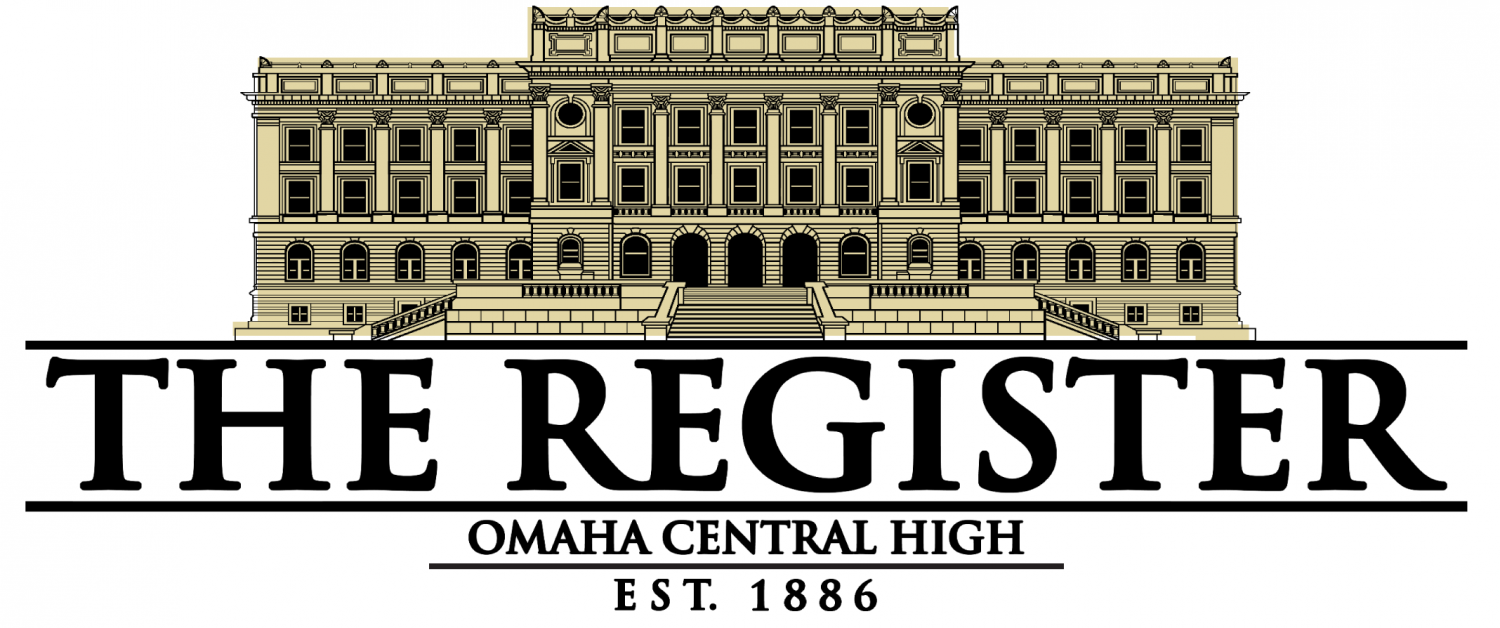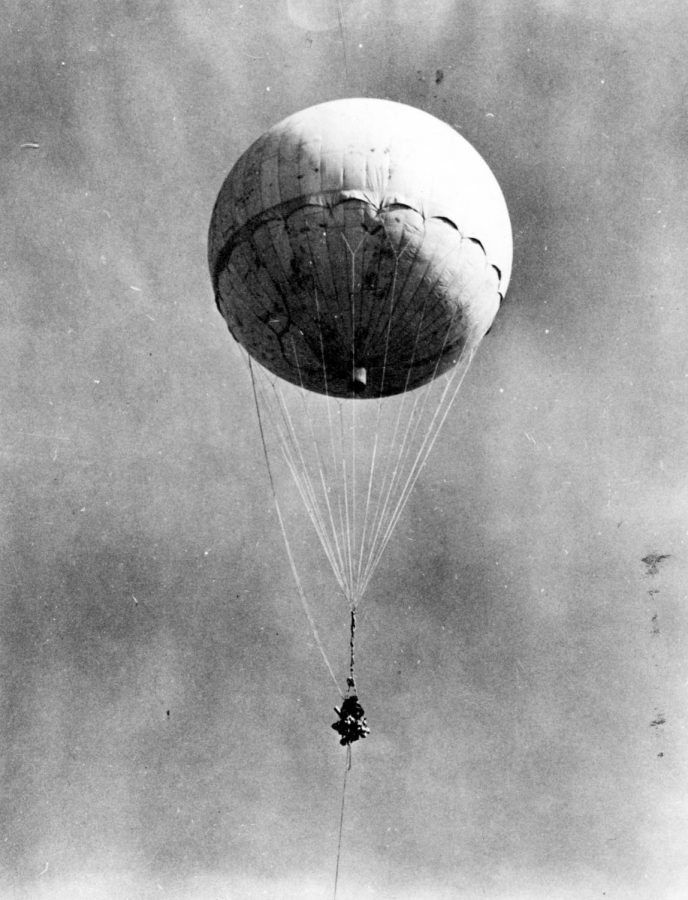National Museum of the US Air Force
Upcoming anniversary of WWII Dundee balloon bombing in April
April 5, 2018
April 18, 1945. Omaha, Nebraska. The Dundee community had long since gone to bed when a sudden boom woke them. Those who saw from windows described the sight as a “ring of fire” 500 feet in the air. Some concerned citizens ran out in their pajamas, but, seeing nothing they went back to bed. Though they didn’t know it, a Japanese balloon bomb had exploded over 50th and Underwood. They wouldn’t be told of the explosion’s true nature until after World War II ended.
This was happening all over the western part of the country, and some of the balloons, which were 32 feet in diameter, even made it as far as Michigan. The target, however, was the wooded Pacific Northwest. Starting in November 1944, the Japanese released 9,300 hydrogen-filled balloons into the jet stream carrying small bombs. Scott Wilson, who teaches U.S. history, says that, “the balloons were the only way that Japan could bring the war directly to the United States.” The Japanese technicians hoped that the bomb would go off and ignite the hydrogen gas to start forest fires. They wanted to, “create a distraction large enough to impact America’s war economy,” according to Wilson.
Their plan did not go as well as they may have hoped. “Japan never knew what became of the bombs once they released them,” Wilson says, “America had a voluntary news blackout regarding these sorts of events for the sake of national security.” Americans who heard the bombs go off were sometimes told it was the result of a problem with a gas main. According to David M. Kennedy’s book, Freedom from Fear, the bombs, “ignited some minor forest fires, many of them promptly extinguished by the ‘Triple Nickles,’ the 555th Negro Parachute Infantry Battalion, cosigned to duty as smoke-jumpers.”
The balloons were, however, the cause of the only citizen deaths in the 48 states. As Wilson puts it, “The six total U.S. civilians killed by enemy action in the lower 48 during World War II were killed by a Japanese balloon bomb in [Bly], Oregon on May 5, 1945. U.S. bombing raids are estimated to have killed hundreds of thousands of Japanese and destroyed 40% of Japan’s urban areas…even before Hiroshima.”
This highlights the technological disparity between Japan and the United States. According to Wilson, “the U.S. was sending, in a route over the Pacific that would intersect the balloons, hundreds of state-of-the-art B-29 ‘Super Fortress’ heavy bombers, many of which were built in Omaha, nearly every night to directly pulverize the industrial cities of Japan.” The Japanese balloons were assembled by schoolgirls in arenas, theaters and music halls. Conditions were so bad in Japan by 1945 that the starving children would steal and eat the potato-flour paste they were using to glue together the panels of the balloons.
April 18, 2018 will mark 73 years since the balloon bomb went off at 50th and Underwood, over what is now eCreamery. Though the building sustained no damage and the people of Dundee weren’t told about what truly happened until the day after the war, that intersection is now marked by a plaque put up by the Dundee-Memorial Park Association in 1992. It is a place of World War II historical significance right in the neighborhood.

